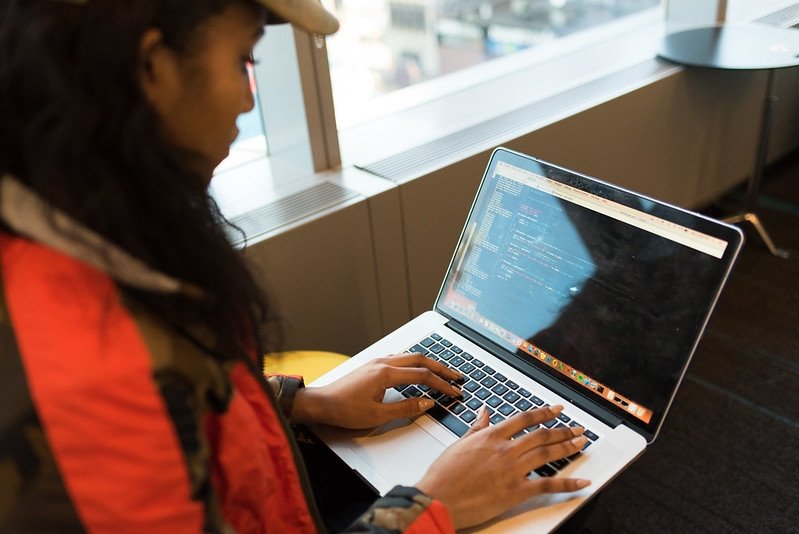The Infrastructure Bill Is the Biggest Thing Congress Ever Did for Broadband

Flickr user WOCinTech Chat
President Biden’s $1-trillion infrastructure bill that passed the Senate on Tuesday is a big deal — especially if you care about making the internet affordable for everyone.
The final infrastructure package, which is the result of months of bipartisan negotiations, includes nearly $65 billion for broadband. A remarkable $14.2 billion of that total is committed to broadband-affordability measures, which will turn the FCC’s short-term Emergency Broadband Benefit program into a more permanent Affordable Connectivity Program.
To put all this in perspective, the affordability portion of the bill alone is double the spending on broadband found in the entirety of the Obama stimulus bill a decade ago.
But the sheer size of the investment is not all that makes this bill worth cheering.
It’s remarkable how far we’ve come: We’re no longer debating whether internet access is a necessity or a luxury. We’re no longer questioning whether broadband is infrastructure. And we’re no longer pretending — and this is a tectonic shift — that the broadband problem is just about deployment.
Today, Congress got serious about addressing affordability — and the reality that the price of an internet connection is too damn high. This bill will help millions of people get and stay connected to the internet.
The legislation will provide households living near the poverty line or enrolled in other federal-aid programs with up to $30 per month for the internet package of their choosing from participating providers. That maximum allowance will increase to $75 per month for people living on Tribal lands.
The bill also sets aside billions more for digital-inclusion efforts, Tribal connectivity and other network investments. It prohibits discriminatory credit checks used to exclude people from the program. And it calls on the FCC and other federal agencies to increase broadband-pricing transparency and prevent discrimination in deployment based on the race, ethnicity or income of residents in an internet service provider’s territory.
That doesn’t mean we got everything we wanted or that the process was perfect. The monthly benefit available to most participants was cut to $30 a month from $50 under the emergency program. That’s a move in the wrong direction. The bill’s pricing-transparency and nondiscrimination provisions should be stronger and more comprehensive.
So — and no surprise here — we still have a lot of work to do to guarantee that all this money actually gets to the people who need it most, that powerful broadband providers are held accountable, and that all the rules and government programs are created and run in the right ways.
To safeguard internet users everywhere, reinstate Net Neutrality protections and counteract the power of the giant ISPs, we must restore Title II of the Communications Act. We need robust competition policy and a full FCC empowered to regulate AT&T, Charter, Comcast, Verizon and all the rest — and ensure they’re not ripping people off.
But in the midst of all the hand-wringing, sausage-making and turn-twisting that’s part of the legislative process, it can be easy to lose sight of the broader picture.
So here it is: Never before have we seen such a meaningful congressional investment in closing the digital divide.
Like I said, a big deal.